Drying clothes in the dryer
 Hanging wet clothes in an apartment is a big hassle. Firstly, it looks unaesthetic, and secondly, the humidity in the house increases and the air becomes heavy. A dryer will save you from such hassle. People who installed a dryer can no longer imagine how they used to cope without it.
Hanging wet clothes in an apartment is a big hassle. Firstly, it looks unaesthetic, and secondly, the humidity in the house increases and the air becomes heavy. A dryer will save you from such hassle. People who installed a dryer can no longer imagine how they used to cope without it.
We will tell you what can and cannot be loaded into the device, and how to properly dry clothes in a dryer. Let's figure out how to properly sort things, what you should remember when using the equipment.
Items that should not be placed in the dryer
Not all clothes can be placed in the dryer. Information about the possibility of automatic drying is indicated on the item's label. Let's figure out which items should not be put in the dryer.
- “Capricious” silk, lace, satin products. Such fabrics are deformed under high temperature exposure and lose color. The seams of things are torn, the clothes look dull.
- Wool products. A cashmere cardigan or jumper will shrink if you throw it in the machine. However, for some items of wool clothing, gentle automatic drying is acceptable - you must look at the label.
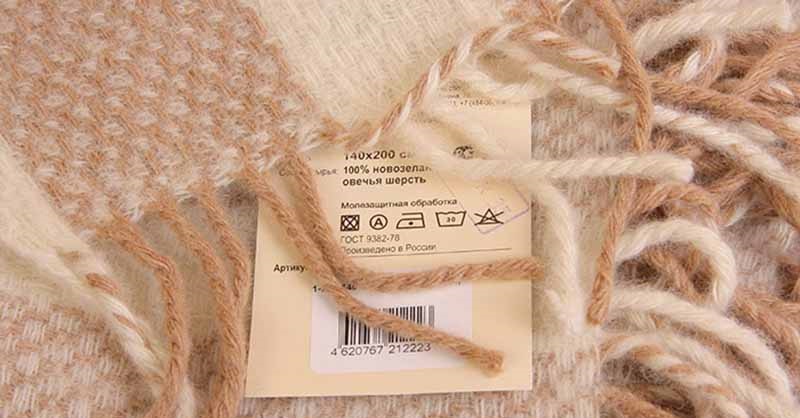
- Suede. As a result of mechanical friction and exposure to high temperatures, creases appear on suede products. After drying in a machine, such items deteriorate, acquiring a worn appearance.
- Fur. It is better to dry fur coats and coats naturally. When loading into the dryer, there is a high risk of spoiling items with natural fur - it will become tangled and may begin to fall out.
- Kapronki. Thin tights made of polyamide fiber are deformed under the influence of high degrees.In a dryer drum, a “four” can easily become a “three”.
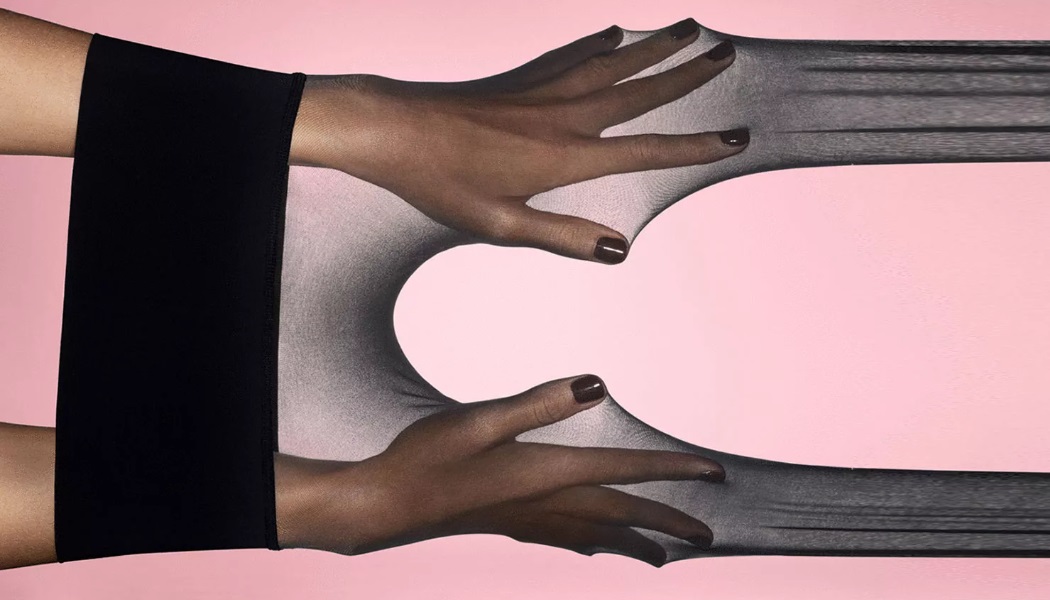
- Leather products. If these are shoes, then they should not be dried in a washing machine, but by stuffing sheets of newspaper inside the shoes. The paper must be changed when it gets wet. If you load leather trousers or a raincoat into the SM, the material will become rough and wrinkles and cracks will form on it. It is better to leave them to dry naturally.
- Clothes made from membrane fabrics. When heated strongly, the membrane loses its water- and dirt-repellent properties, for which it is so valued.
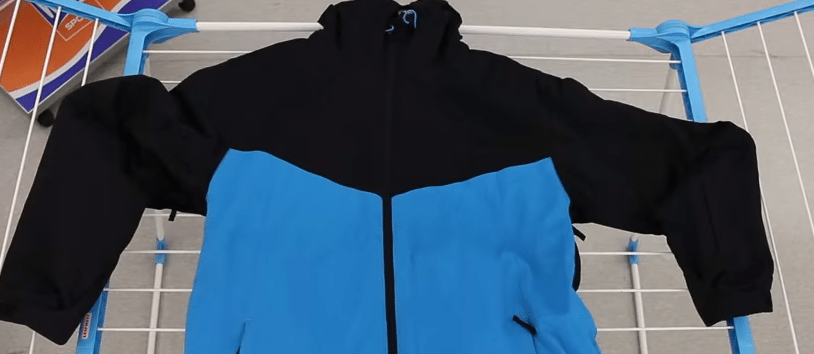
- Rubber. We are talking about products with latex or rubber inserts. The rubber sole will crack due to extreme heat. Rubberized carpets will change their shape - they will curl up or “go” in waves.
- Clothing with metal or plastic decoration. When the drum moves at high speeds, the elements may fall off, which will lead to the formation of puffs on the rest of the laundry. Bra underwires can pierce the tank and break the machine. Rhinestones, pearls, and beads easily deteriorate when exposed to high temperatures. The glue with which they are secured loses its properties.
- Fabrics containing flammable compounds. It is strictly forbidden to load work clothes, uniforms and rags soiled with gasoline, kerosene, or alcohol-containing solutions into the drying machine. The liquid is highly flammable and emits explosive gases. Do not freshen kitchen napkins stained with vegetable oil in the appliance.
- Dirty clothes. You cannot take off your wet clothes and throw them into the drum of the dryer. Dirty water will clog the filters, and in the next cycles, you will end up with laundry with an unpleasant aroma.
If you throw incompletely washed clothes with stains from wine, lipstick, berries, grease or blood into the dryer, they will be “sealed” and it will be impossible to remove such traces.
In fact, there are not many restrictions. Drying the rest of the laundry can be entrusted to a “home assistant”. Let's figure out how to properly prepare clothes for loading into the device.
Putting things in piles
Before you start drying your clothes, you need to sort them. Housewives usually put everything in separate piles. What are the criteria for dividing linen?
- By color. Bright, dark and light items are always dried separately. Damp colored clothing can stain white fabrics.
- According to the composition of the fabric. Different materials require different drying temperatures. For example, for cotton - 60 degrees, for wool - a maximum of 30. Therefore, you need to load cotton T-shirts and a knitted sweater separately.
- According to the thickness of the material. Thin items dry faster than thick, multi-layered clothing. If you load them together, some of the laundry will become rough. On short cycles, thick fabrics, on the contrary, will remain damp.
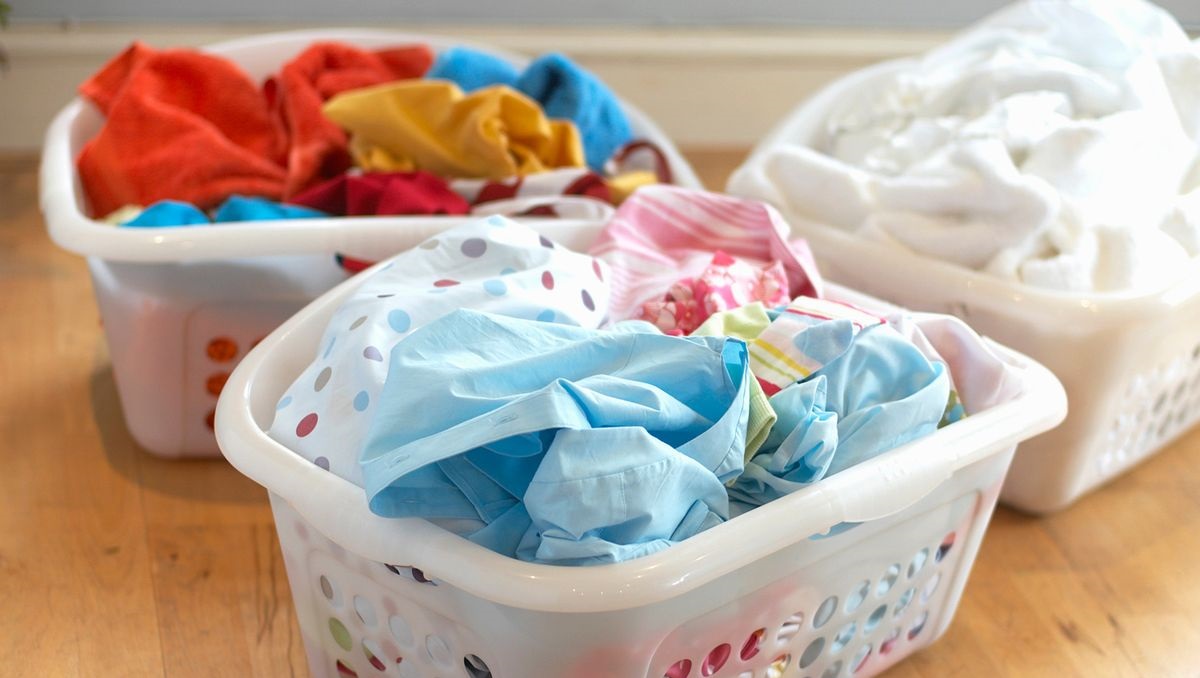
- Tendency to crease. Clothes that cannot be folded are dried separately. Soft toys, light shoes and similar products are thrown into an additional basket and the airflow program is set. If there is no such mode, follow the recommendations of the SM manufacturer.
- To size. It is recommended to load some large and some small products into the drum at the same time. Otherwise, robes, bed linen and other bulky items will bunch up and not dry. If you “dilute” them with small T-shirts, they will “shake” things, preventing them from clumping.
- The strength of the seams.Clothes with light seams are easily damaged by rubbing against rough jeans or trousers. Therefore, it is better to avoid such “neighborhood”.
These are the factors you need to pay attention to. Sorting is a very important step both when washing and drying clothes. If you correctly divide the products into batches, the result will be excellent. Be sure to look at the color of the fabric, its type, strength, thickness and tendency to wrinkle.
Preparing things for drying
Products not only need to be sorted before loading into the dryer. Also, clothes need to be prepared. We are talking about the following:
- check the pockets - they should be empty. Remove keys, checks, bank cards, coins and other foreign objects that could clog the dryer filter or ruin the clothes in the drum;
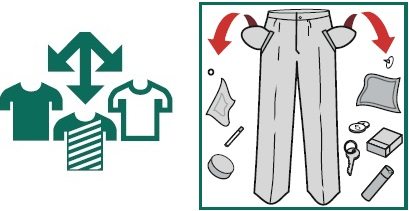
- fasten buttons and zippers on trousers, sweaters, and outerwear. If you are drying women's underwear, secure the hooks and buttons on it;
- Be sure to turn your clothes inside out so that buttons, fasteners and zippers are on the inside. This precaution will help prevent the formation of puffs;
- Shake the laundry before loading it into the dryer drum to straighten it and remove excess moisture from the fabric;
- arrange the clothes evenly in the machine. It is better to smooth the fabric by hand to prevent wrinkles from forming.
The next step is choosing the appropriate drying mode. The selection of programs will vary depending on the dryer model. A description of the algorithms is presented in the equipment instructions, so it is recommended to carefully study the user manual.
Classification of programs
Modern machines have a lot of programs for drying clothes. There are both intensive and gentle, delicate modes.Conventionally, all algorithms can be divided into several groups.
- Modes that prepare clothes for ironing. From different manufacturers they may be called “Easy ironing”, “Under iron”. The products remain slightly damp.
- Fast algorithms. May also be called "Express" or "Extra Dry". Can be run with the dryer half loaded. Usually the cycle lasts no more than an hour. Such programs are not suitable for “capricious”, thin fabrics, since the drum rotates at maximum speed.
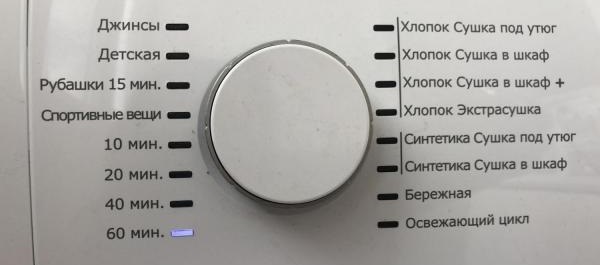
- Steam treatment. Some dryers have this option. The sprayer releases water droplets into the working chamber, and the heating element turns them into steam. The program is suitable for all types of fabrics. Clothes after such exposure are not wrinkled, they can be worn immediately or simply put away in the closet.
- Complete drying. These are modes that involve complete removal of moisture from fabric fibers. Usually the name contains the postscript “In the closet” or “Dry”.
Modern dryers have programs for different types of fabrics: “Cotton”, “Synthetics”, “Mixed”, “Wool”, “Delicates”, etc.
If you have never used a dryer, be sure to read the instructions for the equipment. The user manual describes all programs included in the memory. It explains what fabrics each mode is suitable for, how long it lasts and at what temperature the drying is performed.
Tips from experienced dryer owners
Using the dryer is quite simple. The manufacturer's recommendations regarding the operation of the dryer are given in the equipment instructions. However, it wouldn’t hurt to study the “life hacks” of experienced housewives that will make the process even more comfortable.
- Be sure to consider the capacity of your washing machine.When the washing machine is for 6 kg of laundry, it is better to purchase a dryer for 8 kg, since wet clothes are much heavier, and such foresight will allow you to dry the entire batch at once.
- Clean the lint filter after each use of the dryer. When the filter element is clogged, air circulation in the dryer is reduced. As a result, drying becomes less effective and the laundry acquires an unpleasant odor.
- It is better to place special balls into the drum of the machine at the same time as the laundry. The balls will “fluff” the clothes, which will speed up drying. In addition, due to this effect, the fabric becomes softer. The balls also prevent things from getting wrinkled.
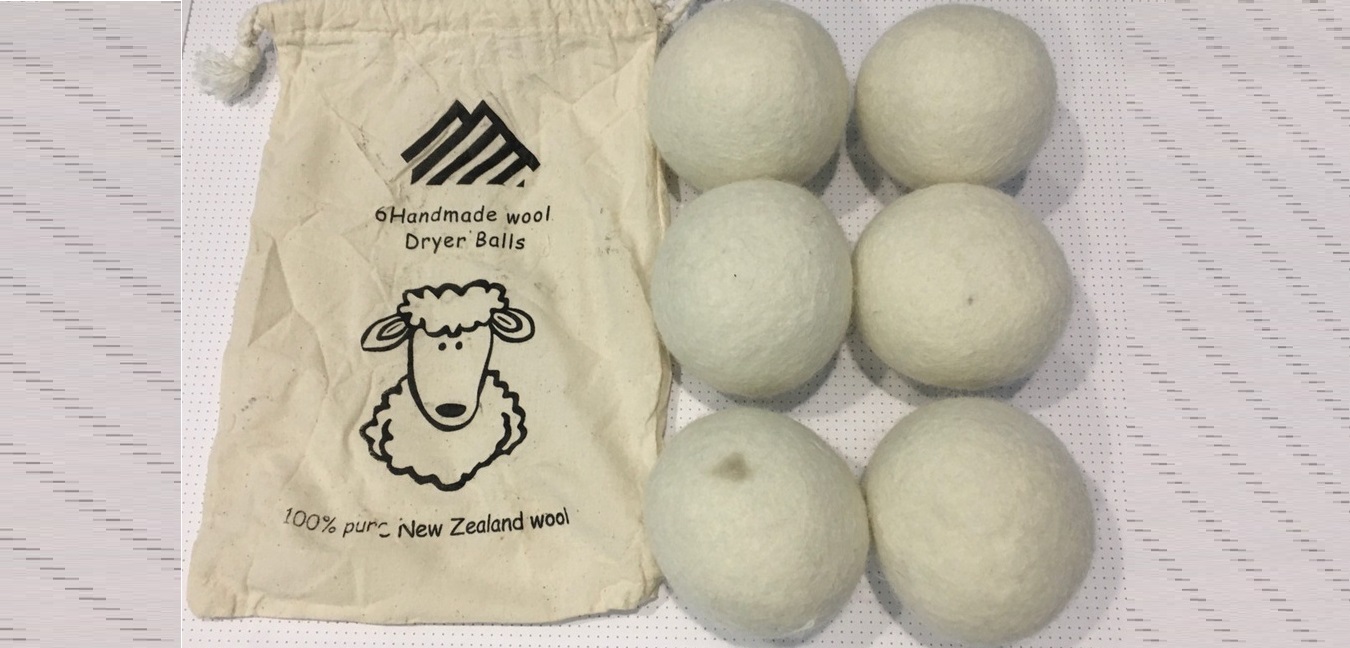
- When drying synthetic fabrics, you can load special wipes with an antistatic agent into the drum. As a result of this, the clothes will not be electrified, and due to the fragrances included in the composition, the linen will acquire a pleasant, unobtrusive aroma.
It is not recommended to use wipes with antistatic agents when drying sports uniforms - the substance included in their composition will cover the fabric, reducing its breathability and impairing moisture removal.
- When washing clothes, it is recommended to spin them at the maximum permissible speed. Which ones are better to look at on the clothing label. The drier the fabric, the faster the cycle will end. This will help save electricity.
- When drying baby clothes, it is better to use the “Steam treatment” option. The same recommendation is relevant for allergy sufferers. As a result of such exposure, up to 99% of bacteria and allergens are destroyed. Steam also helps remove powder granules from the fabric fibers that were not washed out during rinsing.
- To give your laundry a pleasant, unobtrusive aroma, you can put a napkin in the drum before starting drying and drop a little essential oil on it, for example, tangerine or almond. The fabric is placed in the machine along with the clothes.
- After use, leave the dryer drum door slightly open for ventilation.
- Periodically wipe the walls of the dryer drum with a damp cloth to remove lint and other debris from the surface.
That's all. As you can see, drying clothes in a machine is a fairly simple process. People who have installed a dryer at home often cannot imagine how they ever lived without it. Therefore, if you are in doubt whether to buy a new “home assistant” or not, you should definitely try to purchase a SM.
Interesting:
Reader comments
- Share your opinion - leave a comment
Categories
Washing machine repair


For buyers

For users

Dishwasher




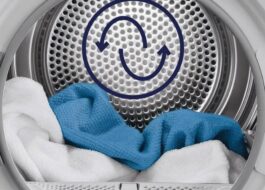
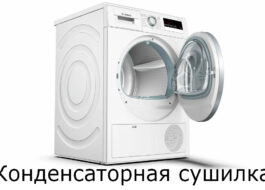











Add a comment